With a new variant of COVID-19 sweeping the world, putting healthcare systems under strain, good science journalism has never been more important. This is our guide to how to report responsibly, accurately and ethically on scientific issues.
Could you write a neurology story about a comedy film? Of course – laughter is only the result of neurons firing. All news stories have a scientific dimension and a professional science journalist can always identify this dimension.
There is no reason that science journalism has to be “dry” or “serious”. You may be surprised when we say that some of the most successful science journalism takes a comedic or human angle. But this journalism is successful because the public is particularly attracted to entertainment.
Read more - Can you spot the fake news? Steering clear of conspiracies in science journalism
Science has demonstrated that enjoyable learning is successful learning. Finding a non-traditional scientific angle on a particular issue that will attract public and media attention requires professional skill. Success in planning a science story begins with an interesting question or a person who fills a gap in public knowledge.
In all cases, before starting to write a story, you should always:
- Understand the issue (scientific writing does not mean being an academic expert on the issue but being a researcher).
- Establish the scientific data and distinguish it from fake news.
- Gather trusted information.
- Compare different sources.
- Find appropriate experts.
- Review previous studies.
- Work out who the intended audience is.
- Tell us about the story!
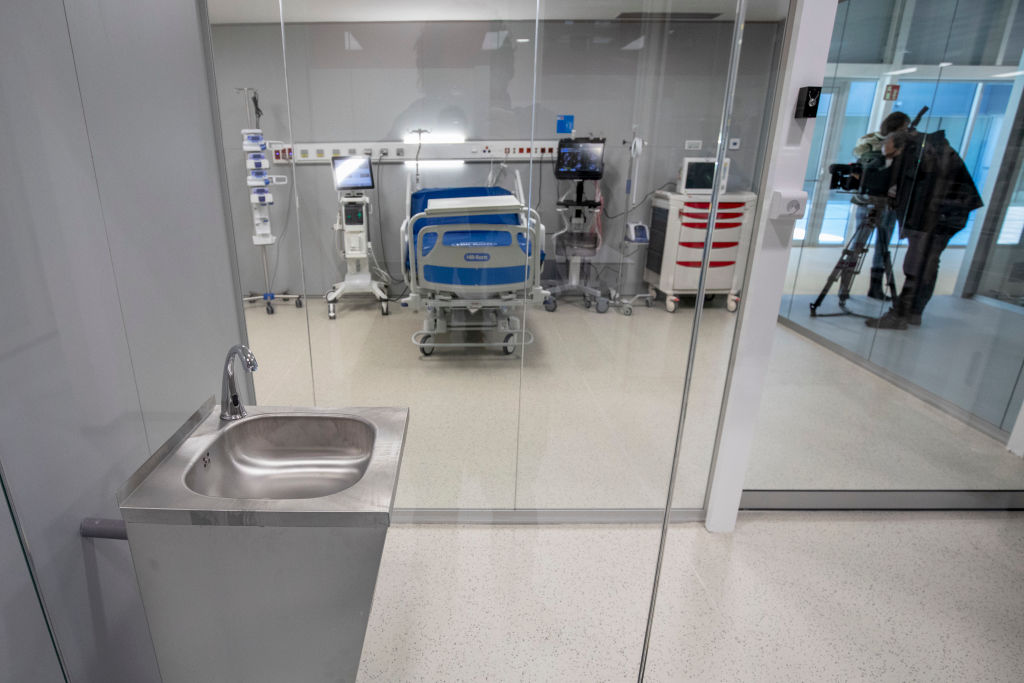
Whether you are writing a news piece, an investigation, or a report, a story is always a story. Whether the topic is nutrition, health or nuclear energy, the underlying principles do not change.
Of course, the layout and structure of the story might change depending on the type of media that is going to publish it. But the process leading up to the final stage of actually writing will always be the same. A good science story is not simply a list of facts and data. The smooth flow from one idea to another, from one paragraph to another, also plays a role in “simplifying” information.
It is a good idea to include personal stories and real-life examples to get the audience interested. Statistics and figures are a prominent feature of science journalism. This data must be verified as far as is possible. It should not be presented out of context or in partial form as is common in traditional journalism.
A science piece should not be a test of the audience’s intelligence. It should be an opportunity for them to learn something new
One of the key principles in writing science stories is to draw on numerous sources. Unlike political journalism, for example, a plurality and diversity of sources in science journalism does not usually mean presenting a range of different opinions. Instead, it involves linking together the opinions of experts from different disciplines.
Differences of opinion should be emphasised in a few cases only: Where the bodies sponsoring the studies have conflicting political or financial interests linked to the results of the research. Here you should expose these interests in order to identify the scientific data that is most precise and objective.
Sometimes there are theoretical disputes between scientists from the same field because there is no consensus as yet on how a particular issue should be explained. In this case, you should present the disagreement within its scientific and historical context without favouring one side or the other.
Generally speaking, a good journalist is able to put across their excitement, their feelings, and their ideas to others. The extent to which they can do this determines how successfully they can influence popular consciousness.

Where to begin
People come to science journalism for many different reasons - sometimes out of necessity because it can be the most direct route to informing the general public about extremely important issues.
Fouad Kanso, is a Lebanese-Italian professor who turned to science journalist as a direct result of being involved in the fight against the coronavirus in northern Italy.
He says: "On the very first day that a state of emergency was announced in Milan, I decided that I would record my day-to-day life in pictures – as a way of letting off steam and depressurising. The rising death rate and the dead bodies I saw every day at the hospital where I work were difficult to deal with.
"As doctors, we’re always dealing with death and sickness, but this pandemic was something completely out of the ordinary. I quickly decided that I would share what I witnessed on a day-to-day basis as a sort of warning to others about this new and unfamiliar enemy."
Dr Kanso began his foray into science reporting by taking pictures and film video clips using his phone, taking care to respect the dignity of COVID-19 victims. "I also photographed the empty streets and other signs of the new normal in northern Italy. After recording my first video and sending it to family in Lebanon to warn them about the virus, I was surprised by how quickly the clip was shared. It had really spoken to people’s need for expert information on the issue. I started to record video clips almost every day, showing the reality of what was happening at the heart of a global coronavirus hotspot."
Within a week, messages were pouring in from various media outlets asking to interview Dr Kanso for newspaper articles and TV programmes. "I had never thought of being a journalist," he says now. "I love being a doctor and teaching medicine at a university. But I felt that it was my duty to show people in the Arab World the reality of what was going on, particularly since the epidemic we were facing was (and is) still shrouded in mystery."
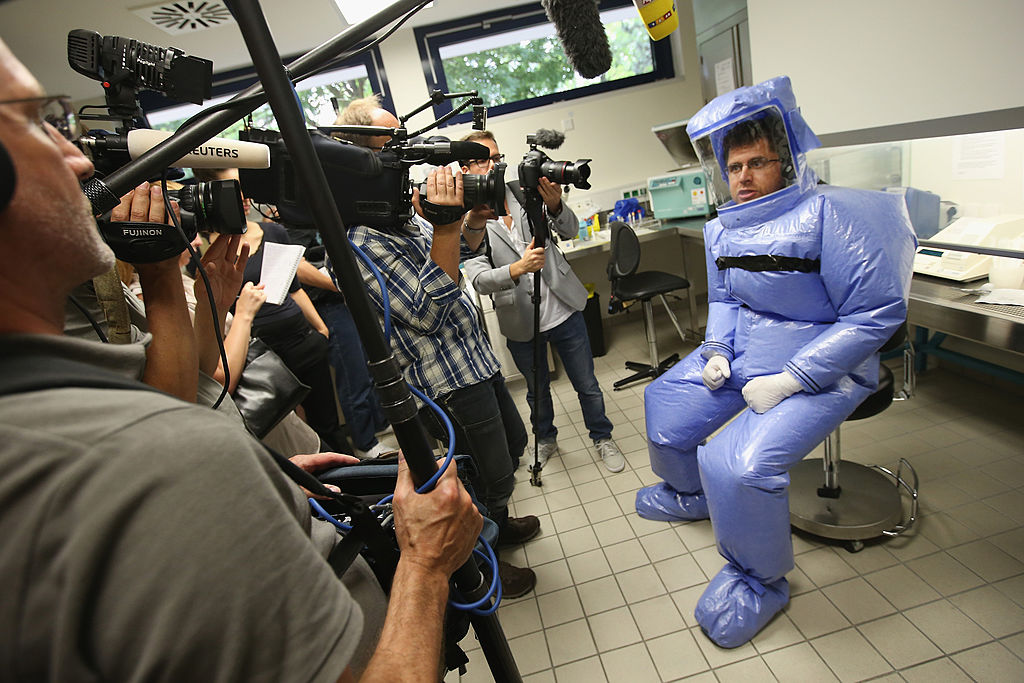
Dr Kanso says he found that most interviewers from Arab satellite TV channels kept repeating the same questions – questions that showed limited familiarity with this extremely serious scientific issue. "Nonetheless, I carried on answering them: my aim was to inform the public. Within the last few months, I have conducted hundreds of interviews. I have noticed that few journalists ask scientific questions showing good preparation, and that they rephrase my sentences and my ideas so that the public can understand.
"In the beginning, getting information across was difficult, not least because I am so used to using Italian, English and French terminology. But with time, I’ve managed to get over this problem by reading more intensely in a range of languages."
Most science journalists around the world work as freelancers. There are various reasons for this, the most important of which is the limited number of specialised media outlets compared to those involved in more traditional journalism.
There is nothing wrong with being a freelancer, especially given the increasing demand for science journalism. In fact, working outside the framework of an organisation allows you to be more independent and objective.
And, with changes to the way we work and the structure of economies worldwide, it is not just science journalists who are turning to freelance work.
A quick internet search will give you access to dozens of universities worldwide offering programmes in science journalism at different levels, some with full or partial scholarships available.
Along with universities, there are various international institutes and organisations that will provide you with the information and skills required to master science journalism, as recommended by the famous Knight programme:
- The Nieman Journalism Lab, a project of the Nieman Program at Harvard University, which reports on and explores new and evolving models of journalism. Includes analysis of new technology, trends, recommendations, and an encyclopedia/archive.
- The Open Notebook, a non-profit supported by the Burroughs Wellcome Fund and The Knight Science Journalism Foundation, which features advice, interviews, and how-to guides for science journalists. Also includes a database of feature story pitches, so new writers can learn how to pitch science features.
- The Poynter Institute, a website maintained by the Florida-based Poynter Institute, provides general media news, trend and tool analysis, webinars, and other training opportunities.
- Storybench, a collaboration between Northeastern University’s School of Journalism and Esquire Magazine, assesses and offers information on digital journalism, from data visualization projects to interactive documentaries.
- Pitch Publish Prosper, the online resource for The Science Writers’ Handbook.

Science journalism and science journalists
To read a foreign language, you consult a translator. Science journalists are, in a way, translators. They explain science (methods, systems, results, importance) to the general public.
To be successful, a science journalist needs to be able to do two things: Tell exciting stories well (as a journalist); and take the time to understand scientific issues outside their own area of expertise (as a scientist).
In recent years, science journalism has become its own field, even in developing countries. Despite the rigour that it demands, specialist knowledge of the subject that you are writing about is not a precondition of being a science journalist. What is a precondition, however, is an ability to research and understand scientific data.
It has sometimes been argued that scientists working in highly technical fields (neurology or psychology, for example) should learn to write in a journalistic style in order to communicate their knowledge to the public. This is particularly important, because the key to understanding the relevance of new discoveries is their context within the field.
A journalist who loses their audience’s concentration has failed
With ready access to information, however, journalists themselves can easily learn about the scientific background before publishing a story. The basic skill set of a science journalist is identical to that of the traditional journalist but often requires greater effort.
A science journalist’s sources are specialists and researchers and communicating with them requires greater rigour and awareness than political or media sources. Moreover, they have to work more closely with designers and photographers to guarantee clarity.
Many studies show that the public generally prefers pictures and diagrammes when dealing with complex issues. The main challenge in science journalism is maintaining the highest possible level of objectivity, particularly on ultra-polarised issues. Take, for example, the international race to develop a coronavirus vaccine. Coverage of vaccine-related stories requires caution and self-control in order to separate political bias from professional duty.
As Mark Twain put it: “Be careful about reading health books. You may die of a misprint.”
In summary, a science journalist needs the following skills:
- The ability to research and investigate
- The capacity to communicate simultaneously with both the general public and the scientific community
- Analytical skills
- An interest in science
- Rigour and precision
- Neutrality and objectivity
- An understanding of scientific writing
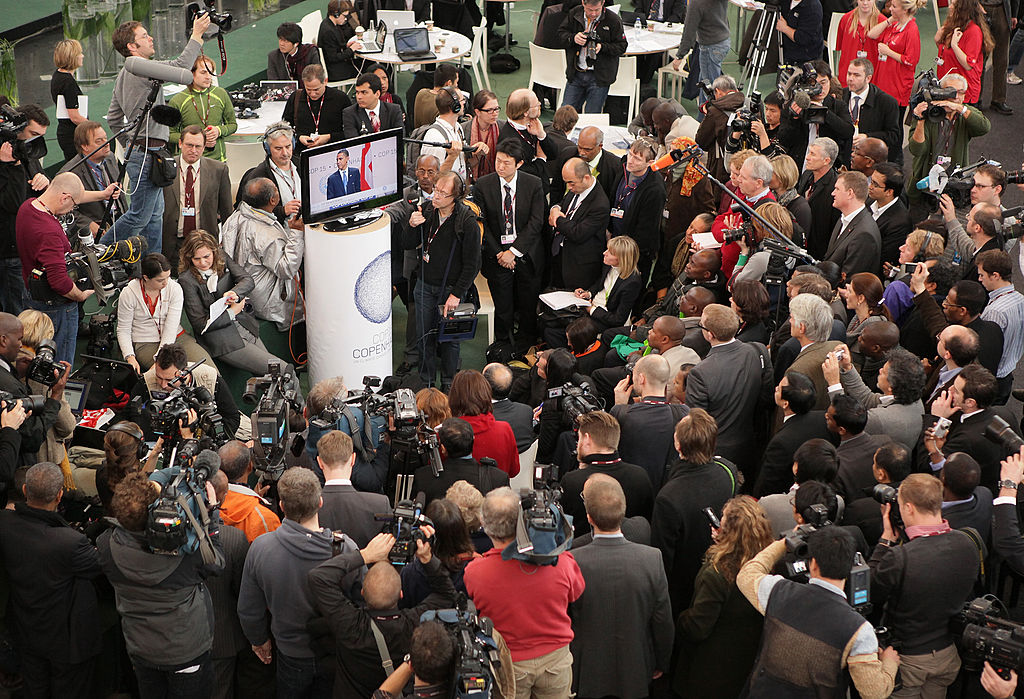
Simplifying science for the public
Making science easily digestible for the public is one of the biggest challenges for science journalists. Consider the following example: You are a science journalist covering a new discovery in genetic engineering. Do you launch immediately into “clustered regularly interspaced short palindromic repeats” (CRISPR for short), or do you present the audience with a brief and clear explanation of the makeup of human cells and then move gradually toward more difficult concepts?
You should never forget that you are dealing with a non-specialist audience. Knowing where to begin your story is the key to success.
Another key skill is connecting ideas together over a series of tightly written paragraphs or sections. Jumping from one idea to another will cause the audience to lose concentration. People with busy lives do not like having to make a lot of effort to understand an article or a news item.
A journalist who loses their audience’s concentration has failed. The same applies to graphs, charts, images and other ways of presenting a science piece. Any picture, video clip or infographic can very easily confuse the audience if it is unclear or overcrowded.
A good explanation is one that someone distracted by their phone can follow: uncomplicated, straightforward and comprehensible, even to someone busy doing something else. Think of it like Microsoft Paint. We are all aware of the variety of cutting-edge image modification software available to those who need it – but thanks to Microsoft Paint, only a few of us ever have to use it. Why complicate things?
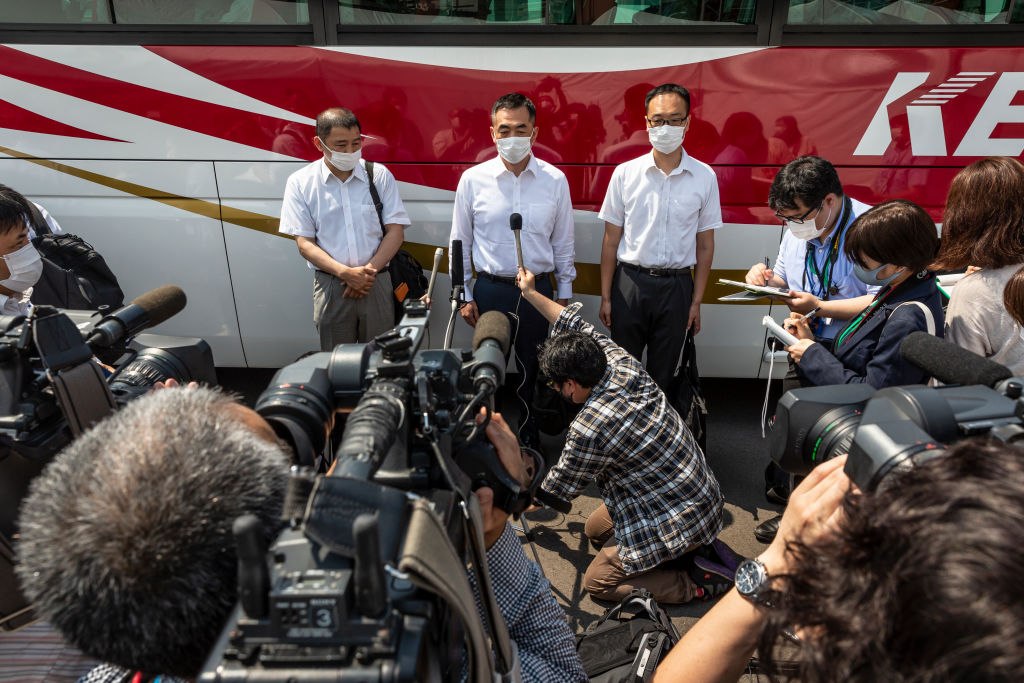
A science piece should not be a test of the audience’s intelligence. It should be an opportunity for them to learn something new.
Rehab Abdalmohsen is an independent science editor who has worked as a journalist for more than 10 years. She says: "Ten years ago, my editor asked me to write a piece about something called a synchrotron. I remember because it took me a long time to learn how to pronounce its name. The academic discussion on physics and biology meant that at first I wasn’t sure how I was going to present any of this to the public.
"Then the scientist started explaining to me how the synchrotron had helped haircare companies in France. He told me that it was able to show the amount of fat in an individual hair before and after using a product. And at that moment, a voice in my head said: 'That’s it!'
"When confronted by apparently impenetrable specialist terminology and concepts, it is a science journalist’s job to act as the point of contact between researchers and the public. Like a pearl diver, you have to be able to pick out phrases that will resonate with the audience – phrases that contain a lot of scientific detail and meaning, that will have a real effect on the public’s awareness and behaviour. For a science journalist to play this role, they need enough specialist knowledge to understand and discuss the research."
Rewriting the same old story is bad for any journalist, but for a science journalist, it is an unforgivable crime
This is where your angle comes in, says Abdalmohsen. A journalist with no specialist understanding of new desalination technologies may see an exciting story and a magic bullet to solve the Middle East’s water supply problems. "But science journalists should be able to examine the utility of the project and ask deeper questions," she says. For example: How much does it cost to produce a litre of water using this technology? How are the by-products disposed of? Will consuming seawater affect its salt content, or impact on sea creatures?
"Rewriting the same old story is bad for any journalist, but for a science journalist, it is an unforgivable crime," says Abdalmohsen. "The nature of their field means they have to avoid repetition or over-complication at all costs so as not to make their audience feel stupid or ignorant. Science journalism that makes the audience feel stupid is just a self-satisfied journalist showing off."
Inaccurate reporting within science journalism can cause huge problems, she adds. "Media outlets [in the Arab World in particular] have consistently alleged, for example, that Darwin’s theories claim that 'humans are descended from monkeys'. In fact, they say that humans and monkeys share a common origin, which is very different!"
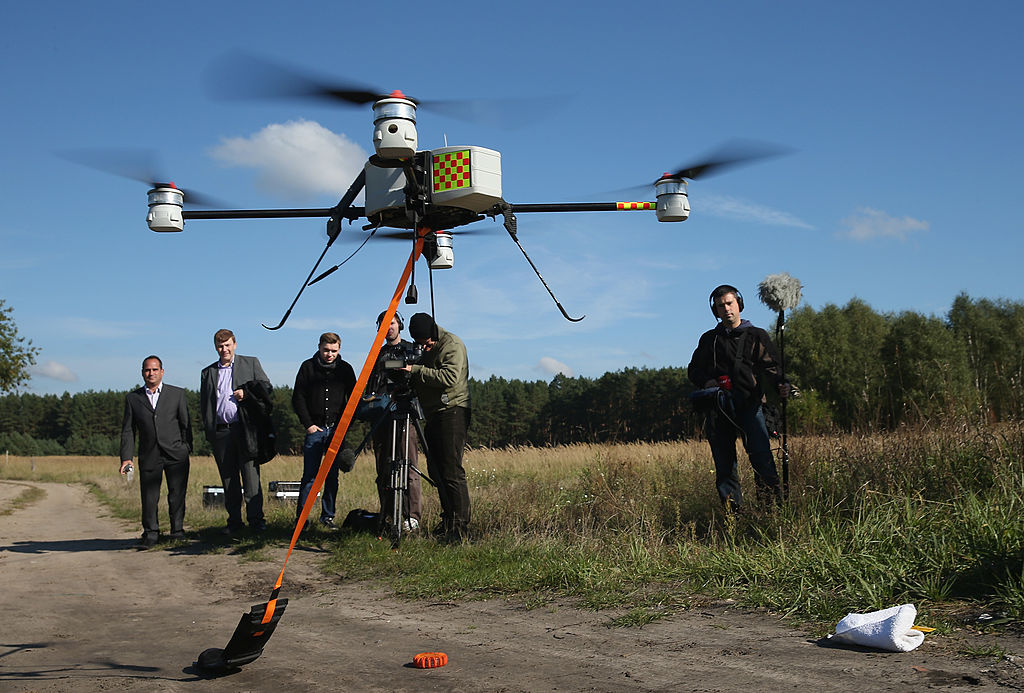
Finding - and telling - your story
The first thing any science journalist needs to do is to find a story to tell. There are all sorts of ways to source science stories - here are just a few:
- Subscribe to science journals and websites.
- Question everything.
- Look for scientific explanations for everything.
- Ask yourself about the scientific dimensions of public policy.
- Follow developments in the scientific community.
- Join scientific societies and organisations.
- Develop a network of expert contacts from different fields.
- Participate in conferences, seminars, and other scientific activities.
Once you have found your story - first ask yourself these questions:
- Why should I write this story?
- What is the central issue in the story?
- How should I write the story?
- What information should the story include?
- Which voices should be at the centre of the story?
- Who is the story’s target audience?
- Is the public part of the story?
- How should science be presented in the story?
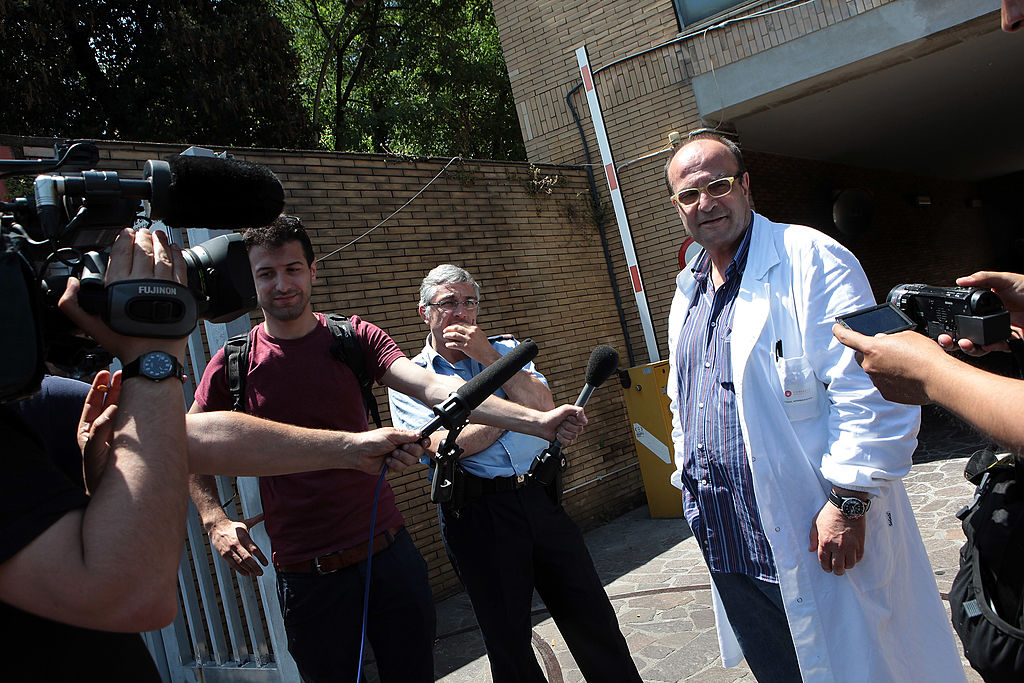
Next, organise your thoughts. If necessary, begin by supplying the reader with the necessary background. Put connected thoughts together in independent paragraphs. It may help to use the following scheme (known as IMRAD):
- Use short sentences when possible, avoid complex terminology and explain unfamiliar words. Do not use ambiguous words or "filler".
- Provide the audience with clear descriptions. Tell them a story. Avoid lengthy or complicated presentations of information. Your main goal is to inform the public.
- Do not present the same ideas in a different style. The audience isn’t stupid!
- Only use the passive voice in exceptional and rare cases.
- Science journalism depends on clearly stated sources.
- Re-read your work to ensure it is clear and accurate.
Investigative science journalism
In normal investigative journalism, politicians, pressure groups and parties are the metaphorical “enemy”. In scientific investigations, you are likely to face up against lobby groups - industrial companies, businessmen, government institutions or laboratories which do not want the public to know the truth.
As in traditional journalism, scientific investigation requires a critical eye, a keen mind and a determination to follow through.
Secret experiments, commercially motivated promotion of particular products by scientists, corruption, cover-ups of health risks – these are hardly uncommon, and make investigative science journalism a vital necessity.
There is no reason that science journalism has to be 'dry' or 'serious'. Some of the most successful science journalism takes a comedic or human angle
The tools of investigative journalism in the realm of science journalism are much the same as in traditional journalism, but the environment in which they are used is very different.
A science journalist typically deals with issues that require specialist knowledge, and finding that first clue can be much more difficult than in traditional investigative journalism. In Western countries in particular, science journalism has made significant advances, with a distinct move in recent years toward investigative journalism.
More than one Hollywood film has been made about these investigations: Concussion, for example, which follows journalists looking into long-term brain injuries sustained by American football players, or Dark Waters, which depicts the poisoning of humans and livestock by a nearby chemical plant making cooking equipment.
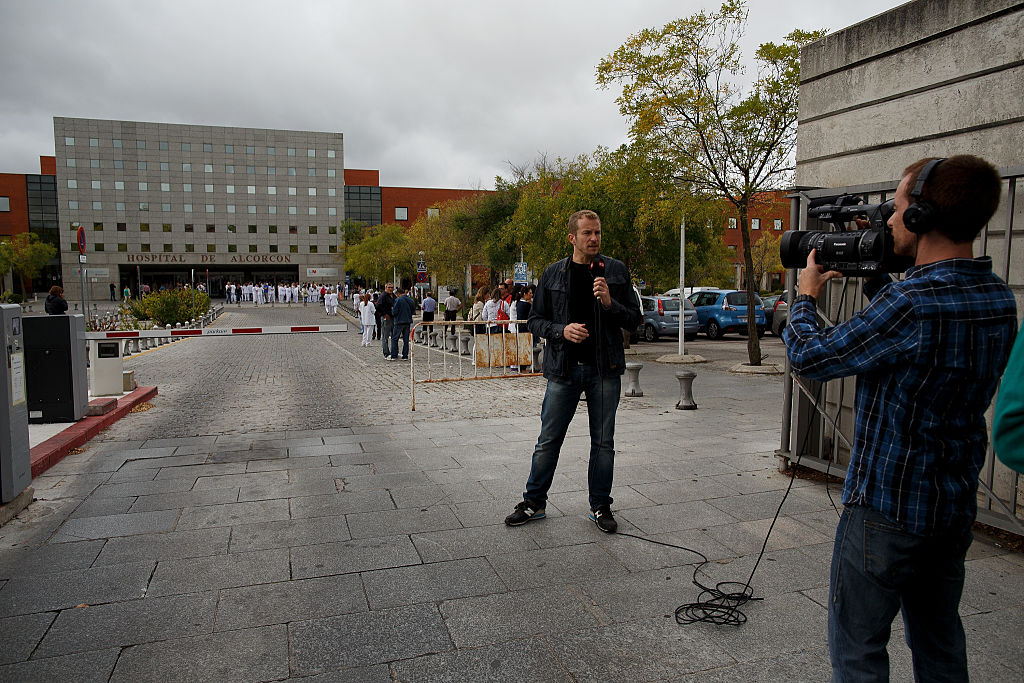
Stories of this kind are still unfamiliar in the Arab World, for example. But the coronavirus pandemic has encouraged Arab journalists to take their first limited steps into the world of scientific investigation.
In recent months, for example, many journalists have broken stories of corruption in the supply of coronavirus tests. And the pandemic has also meant that doctors and other experts have been called upon to act as correspondents, explaining to the audience the nature of the virus and how to protect themselves against it.
A future-proofed profession
The unprecedented availability of scientific information today makes the role of science journalism even more important. But the real challenge is not just to access this information but to understand and verify it. This is the job of the science journalist.
In the Arab World, the rise of science journalism is a relatively new phenomenon, although in the West it is somewhat older. It is part of the development of journalism as a whole - the challenges that journalism faces have meant that science journalism has been advanced both as a need and as a solution.
Science journalism is a future-proofed profession that is unlikely to disappear any time soon – a profession that artificial intelligence cannot replace. It is a specialisation that can make a radical contribution to our intellectual growth and to our individual and collective impact.
Einstein is often (possibly erroneously) claimed to have said that: “If you can’t explain it simply, you don’t understand it well enough.” Whether the famous physicist said it or not, science journalists would do well to bear it in mind.
An earlier version of this article appeared in the Al Jazeera Media Institute publication, Science Journalism Handbook







































